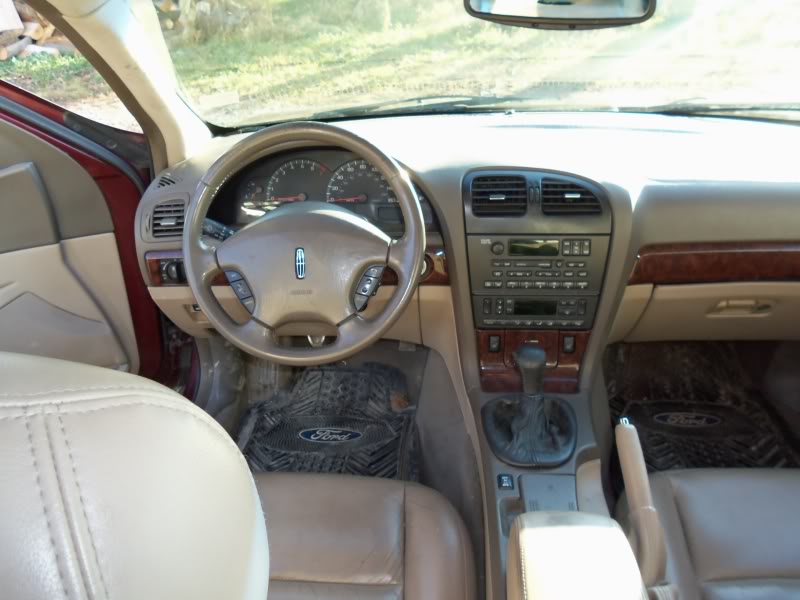I've been critical of Lincoln lately, but that's only because the LS has existed in my lifetime, so I know the Lincoln Motor Company has serious potential. If the LS never existed, I would've given up on Lincoln instead of writing about how they had no idea where they were going, a statement which didn't sit well with the Lincoln brass.
At one point in the last 15 years, Ford decided that Lincoln should go up against the established midsize-luxury sedans, like the BMW 5-Series, Mercedes-Benz E-Class, and even the Lexus GS. At the same time, Ford also owned Jaguar, which also needed a product in that segment. So they put money towards engineering a midsize rear-drive luxury sedan for both Jaguar and Lincoln in the same platform to compete with the Germans.
There were a few problems with marketing it though. Before the LS was in production, Lincoln discontinued the Mark VIII personal luxury coupe (presumably to pay for the LS/S-Type project), and had returning customers upgrade to the LS instead. When Continental customers decided to change cars when it was discontinued in 2002, Lincoln attempted to sell them the LS too. So the LS was trying to be all things to all people.
The Lincoln shared its platform with the reincarnated Jaguar S-Type, and both went into production at about the same time. However, while the Jaguar was built in Birmingham, England, the Ford was built at the now-closed Wixom Assembly Plant in Michigan. In fact, it was because of the closing of the Wixom plant in 2007 that the production of the LS was ended in 2006. The 2006 Lincoln Zephyr (later to be called MKZ) ended up replacing the LS.
However, production of the S-Type still continued in Birmingham until 2008. But the use of the LS/S-Type platform didn't end there. The current Jaguar XF still uses the platform, which is impressive considering the platform is 15 years old by now, yet the XF is considered a good car. (On a side note, it means Lincoln may still possess the resources to make a proper rear-drive luxury sedan again, especially if Ford engineers can rework the platform to the fullest.)
But enough about what the LS was intended to do. It's time to talk about the transmission options that Ford gave it. From 2000 to 2002, the first three model years of the LS, the 3-liter V-6 versions had the option of a five-speed automatic or a Getrag five-speed manual. Unfortunately, sales of the manual LS V-6 were low (Wikipedia states 2,331 units) in three years, so the manual LS was gone by 2003, never to be experienced by any brand-new Lincoln buyer again.
I tried looking for reviews of the manual version, thinking they would be easy to find, considering the LS was Motor Trend's Car of the Year. However, most reviews were of the V-8 version, which was only available with the automatic. It was also probably the model which Lincoln believed the car would receive the best reviews with and it did. Most auto journalists praised the car for its handling. I did find some customer reviews though, and all of them criticized the electrics and HVAC system than the transmission. In fact, most of them found the manual transmission to be fun. However, the take rate was very low.
As the years went on, sales of the LS became lower and lower due to Ford's inability to sufficiently update it. So when you see a Lincoln LS on the road, don't think about the forgettable styling and the Lincoln. Think about the potential Lincoln has and that someone at the company has an inkling of how to get a proper sporty rear-drive luxury sedan out there.

Photo courtesy lincolnvscadillac.com.
